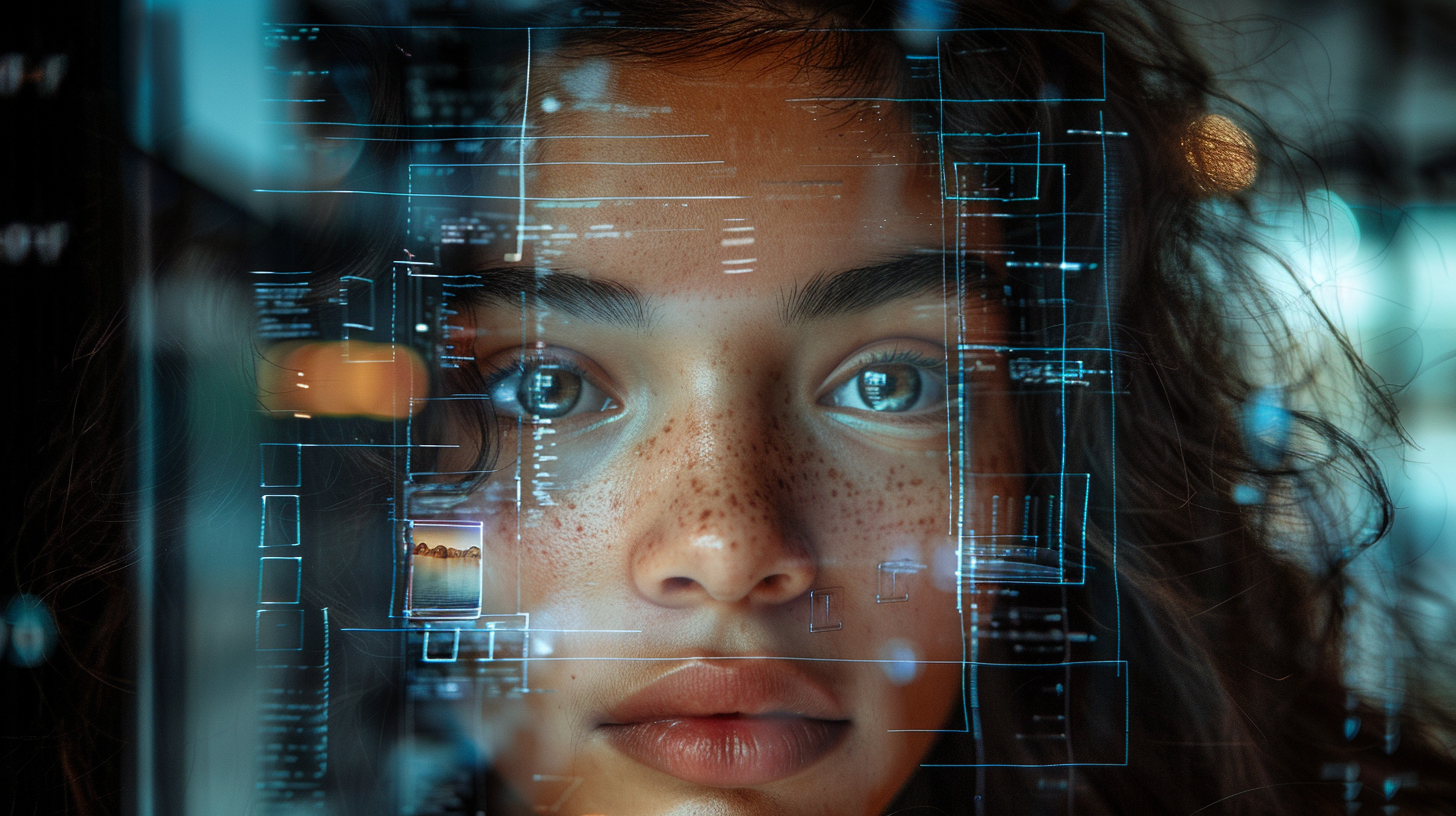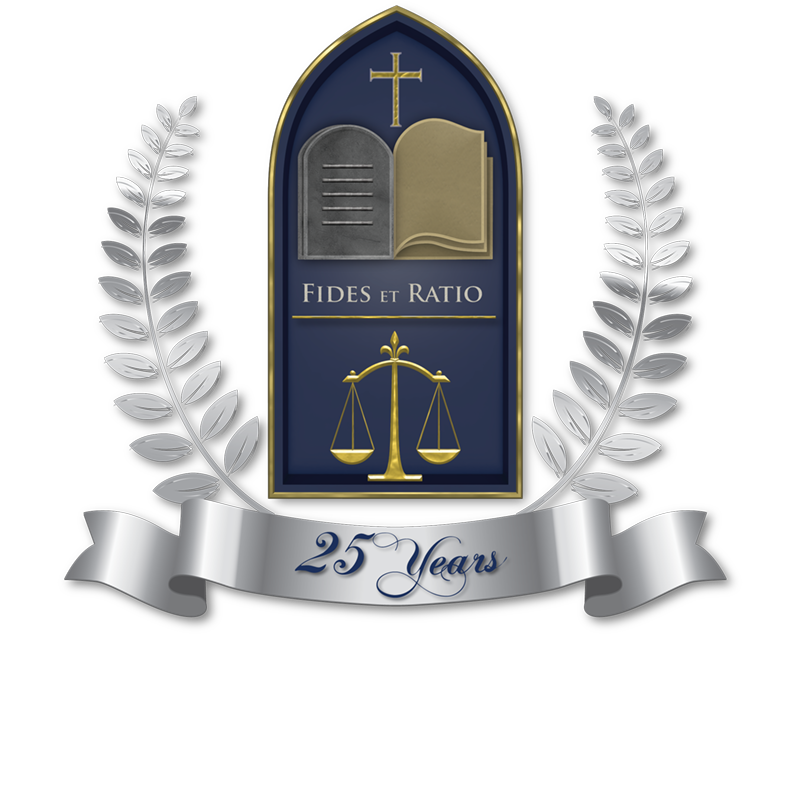Amber Heard, Edited Photos, False Evidence, and AI
Generators

By Abigail Starcher, Faculty Liaisons Librarian
Veterans Memorial Law Library
Ave Maria School of Law
In the AI Age where one can generate an image of any individual committing a crime in any specified location, Amber Heard’s files which she submitted to evidence were called into question for their authenticity and credibility. Many wondered the following: Did Amber Heard personally edit the image files which she submitted to the court? Did she change the photos to make her injuries appear worse? Worse yet, did she use a photo editor or AI to create injures on her face? These were the questions that arose during the celebrities Johnny Depp and Amber Heard’s defamation trial in 2022, where Depp sued Heard for defamation.
The photos were not the originals.
The Depp legal team invited Norbert (Bryan) Neumeister, USAForensic CEO, to give his expert opinion on the credibility of the defendant’s image files during the trial. Neumeister had previously worked as a contractor for the DOD and DOJ. Regarding Heard’s images, Neumeister stated, “that there was no way for a forensic expert to validate any of the photos” because they were not the original images. Depp v. Heard, Cl-2019-2911 (VA. Cir. Ct. 2022), 108
How did Mr. Neumeister know the images were not original?
He knew because versions of the same images that the defendant submitted “had been through Photos 1.0 or Photos 3.0, which are photo editing software programs.” Id at 101 He explained,
“normally…it [the photo’s EXIF file metadata] would say something like… I’ll just throw out an arbitrary number, 9.1.3 operating system for iOS, which is Apple’s iPhone operating system. Instead of saying that, it said, “Software Photos 3.0” or “Photos 1.0.” This means that the photo had to be rendered… in an editing program.” Id at 102

Figure 1 Plaintiff, Amber Heard’s, EXIF file metadata for a photo she submitted to evidence.
It shows that her photo has been through Photos 3.0, a photo editing software.
“If people have something they want to keep as evidence they do not throw out their phones…they save their phones.”
Another way he knew the photos were edited was because there were three identical photos with three different file sizes, one was 712 KB, another 489 KB, and yet another was 524 KB. Id at 102 This could mean that the photos were sent by email, which could have changed the file size, but there was no way of verifying that is what changed the file size. Additionally, many of the identical photos were different chromatically, meaning they were different in color.
The only way to verify the authenticity of a photo.
Another point Mr. Neumeister introduced was that many of the defendant’s photos were screen grabs and had been changed from an Apple format. Id at 115 Mr. Neumeister explained that the only way to verify the authenticity of a photo is “to get a hold of the actual phone” because “without the system registry or without the operating system, there is no way to tell” a photo’s authenticity. Id at 116 He stated that, “if people have something they want to keep as evidence they do not throw out their phones…they save their phones.” Id at 116
Where did Mr. Neumeister find information about the photos?
He found it in the EXIF file metadata, which is “the data embedded in the photo.” Id at 116 This can be found on an image file (see Figure 2) using an EXIF file viewer. You can find simplified EXIF file metadata on your Apple iPhone images by 1)
Launching your Photos app and 2) Tap the Share icon 3) Choose “Save to Files” 4) Open the Files app 5) Long press on the image and select “Get Info”.
Conclusion
Heard’s images were not the original images and had been through photo editing software, and, therefore, could not be authenticated. This called her credibility into question. The lesson from the Depp v. Heard case is to check the EXIF file metadata on all images you admit to evidence. In the AI Age, it now possible to generate photos of real individuals committing crimes anywhere. This means that all photos should be checked before submitting them to evidence. You can check the authenticity of photos via the original phone, an EXIF file viewer, or hire a forensics expert to look at your exhibits. This will ensure that that your photos are viewed as credible in your next court case.
References:
Depp v. Heard, Cl-2019-2911 (VA. Cir. Ct. 2022) https:// reportingdeppvheard.net/wp-content/uploads/2022/08/20220525-KateMoss-Johnny-Depp-Shannon-Curry-Morgan-Tremaine-Bryan-NeumeisterBeverly-Leonard.pdf





